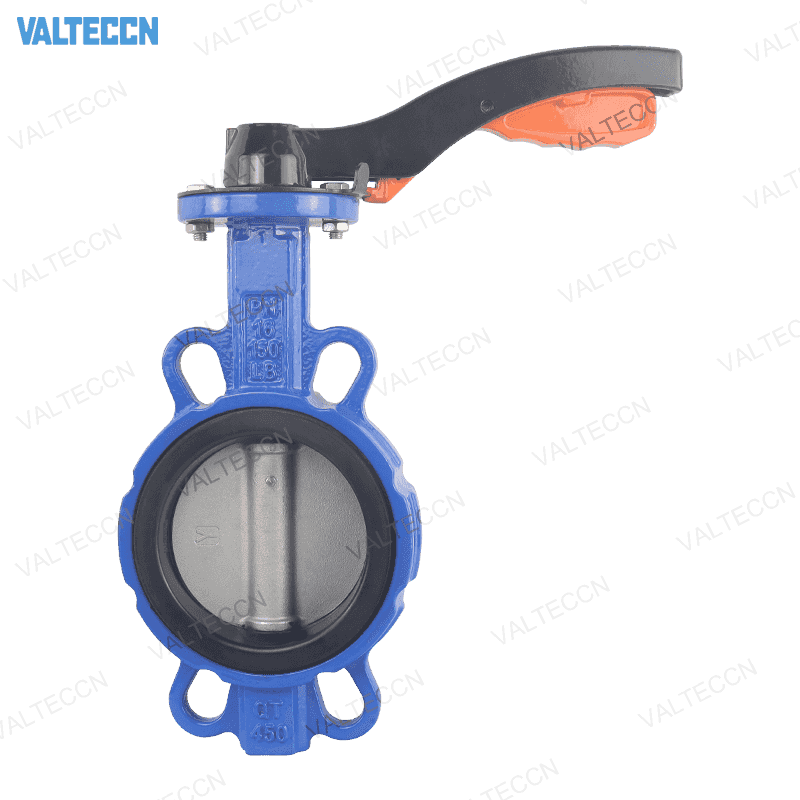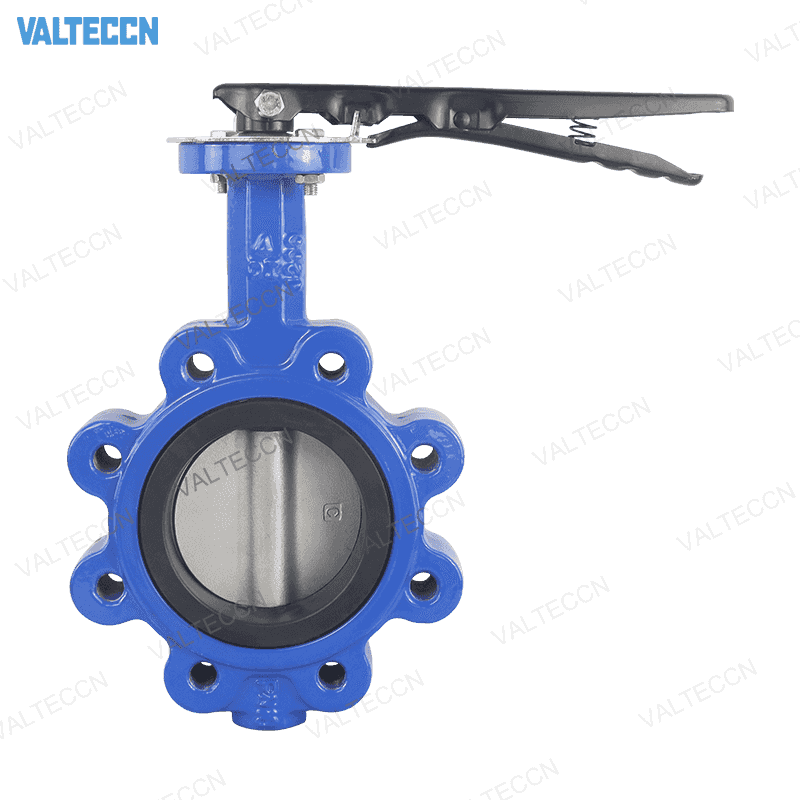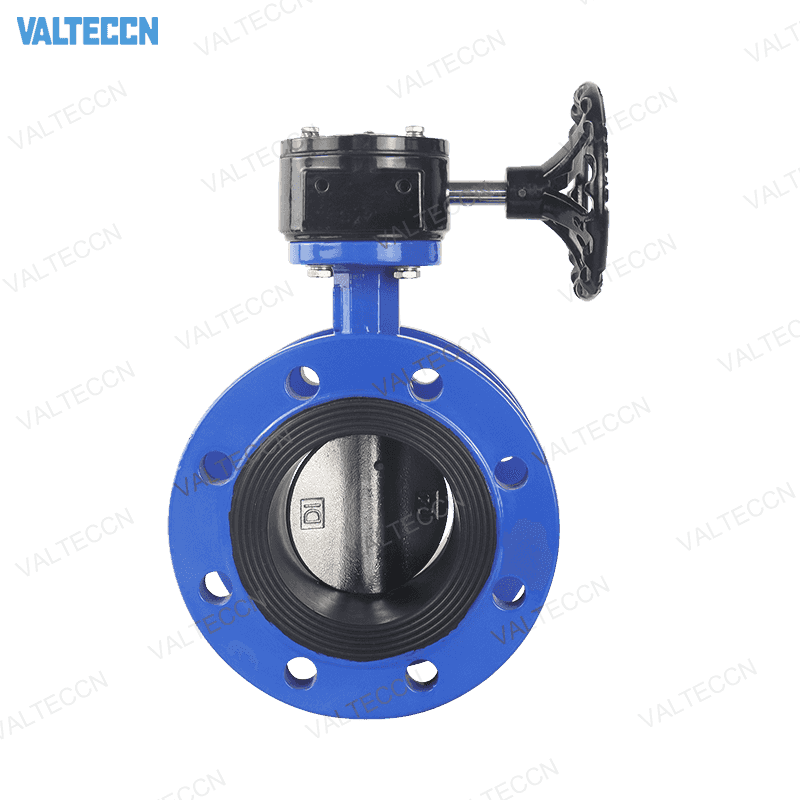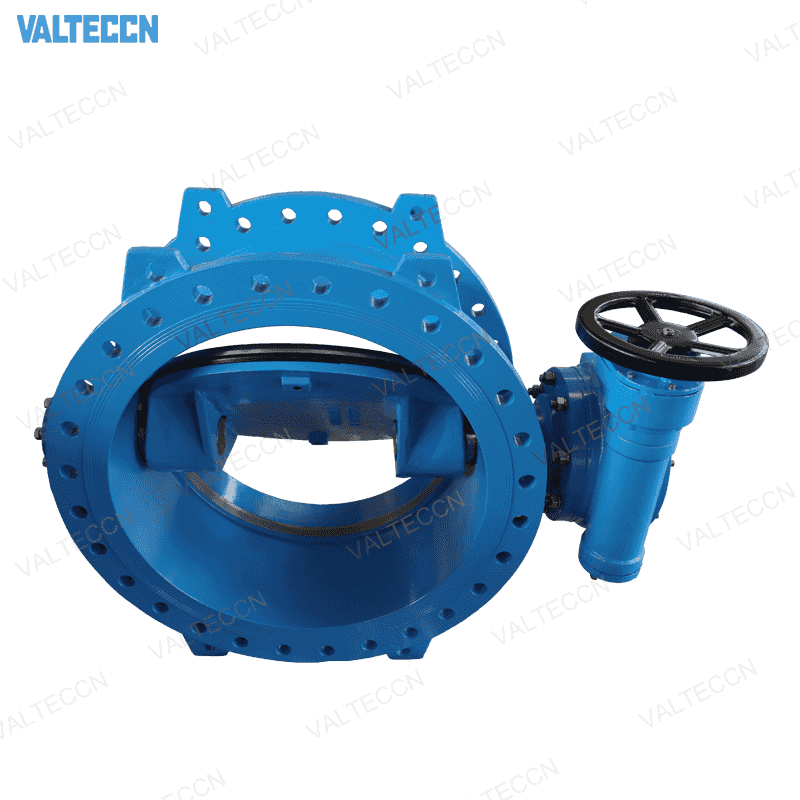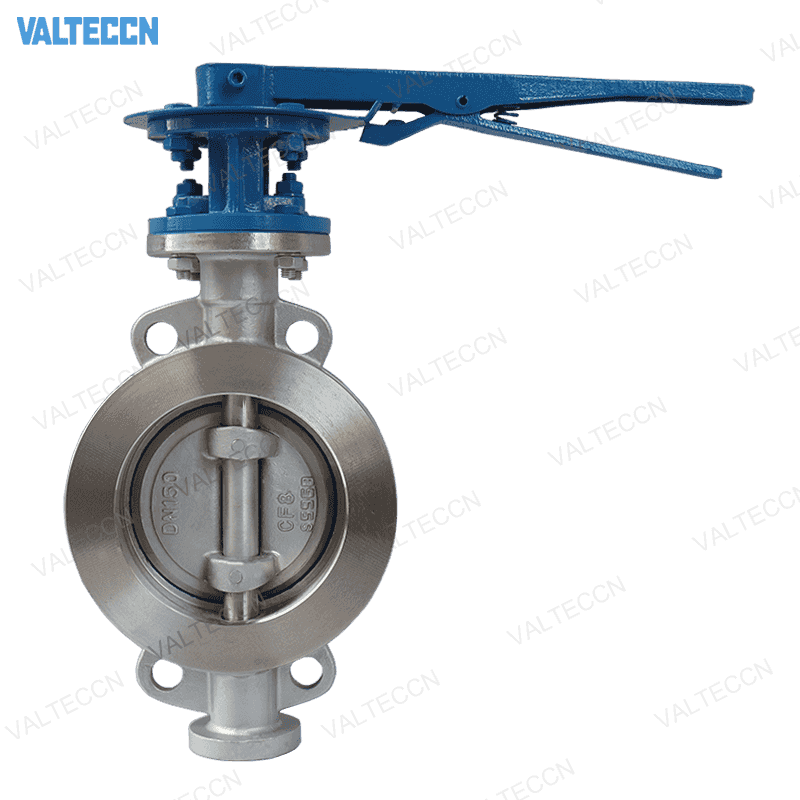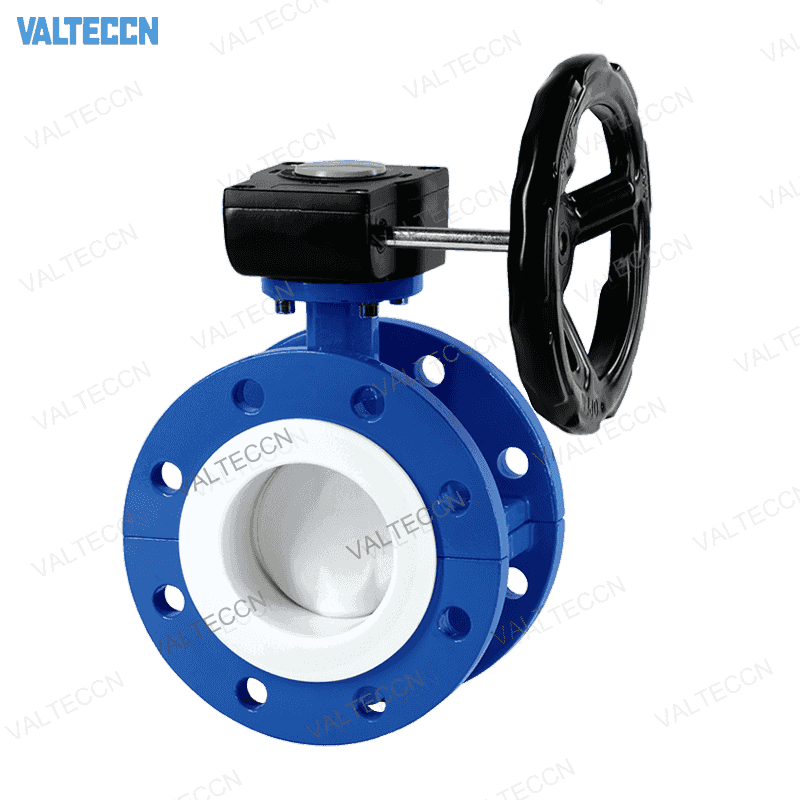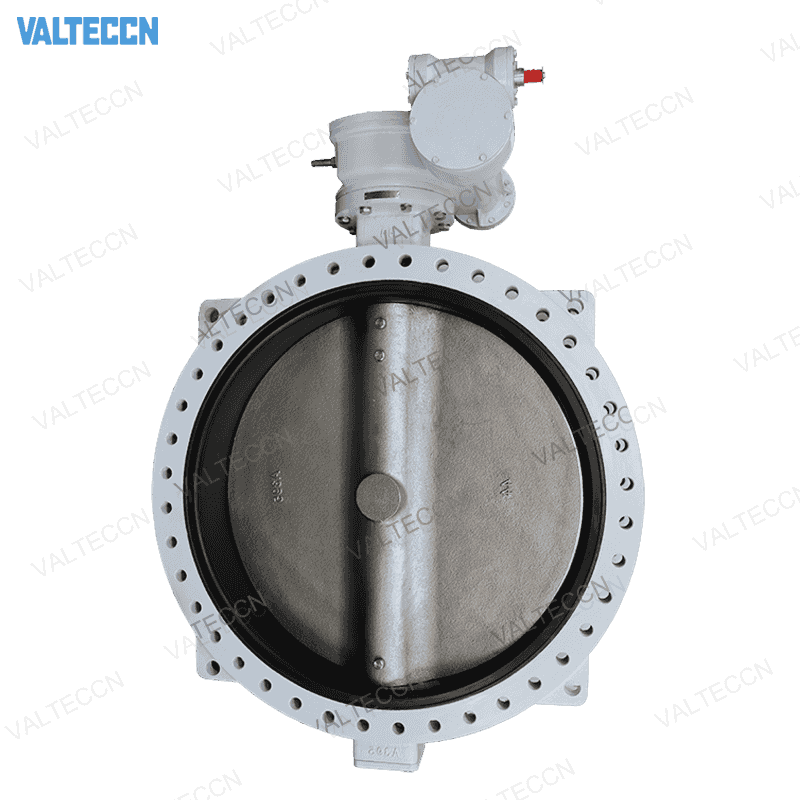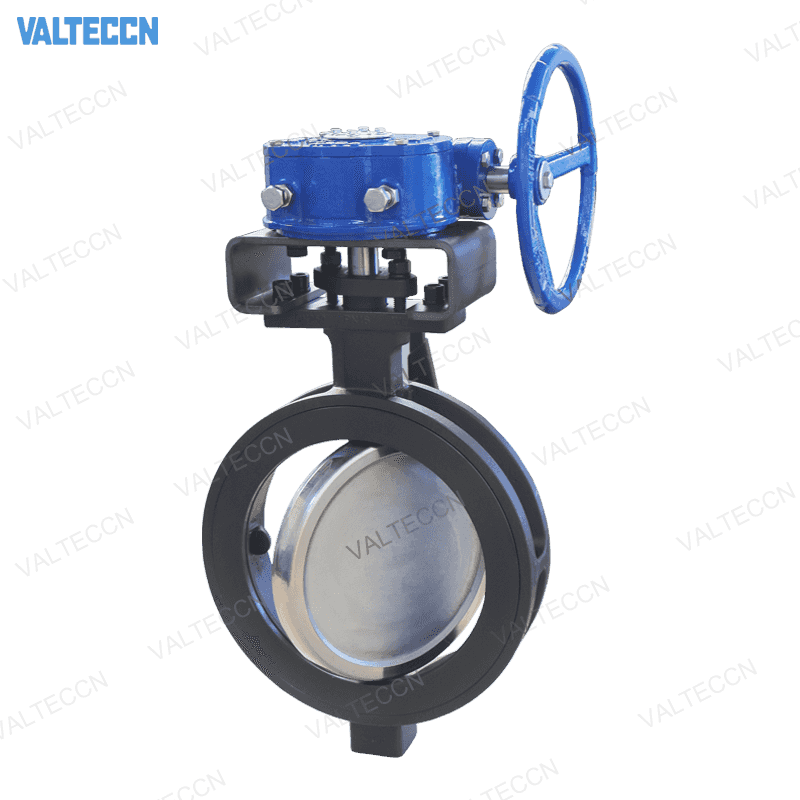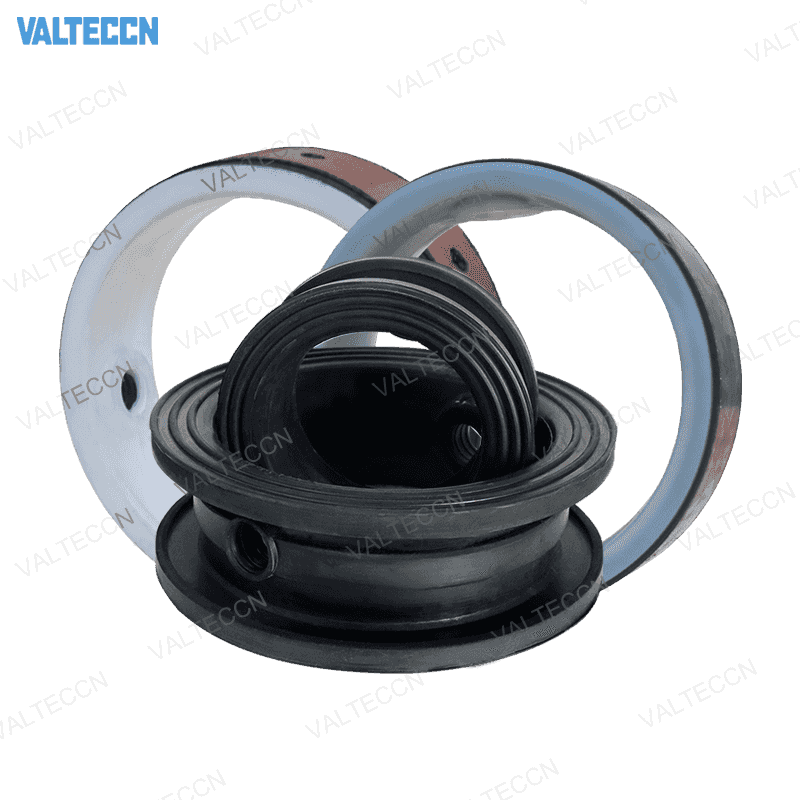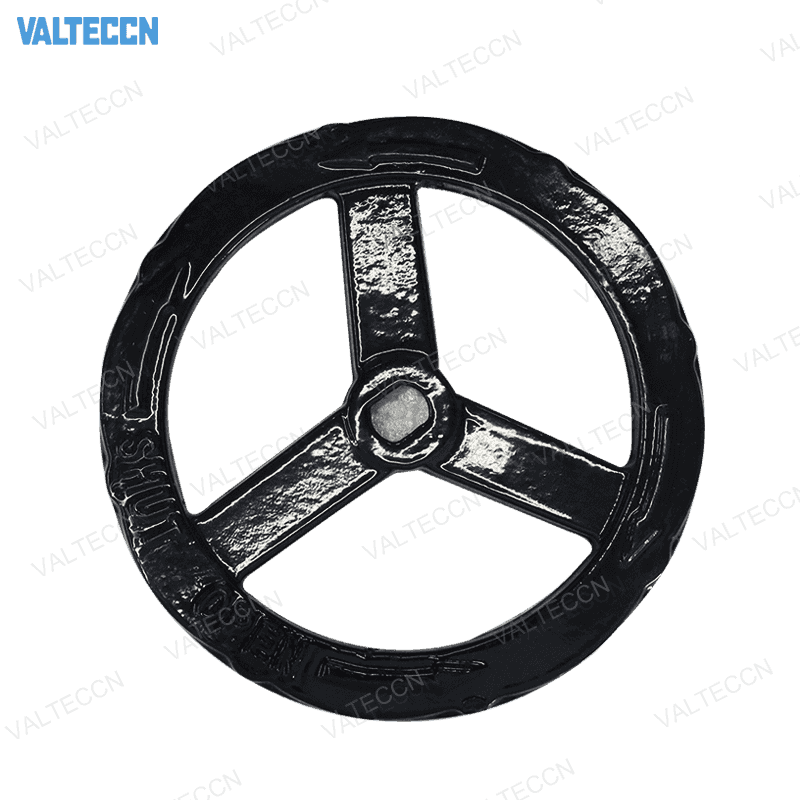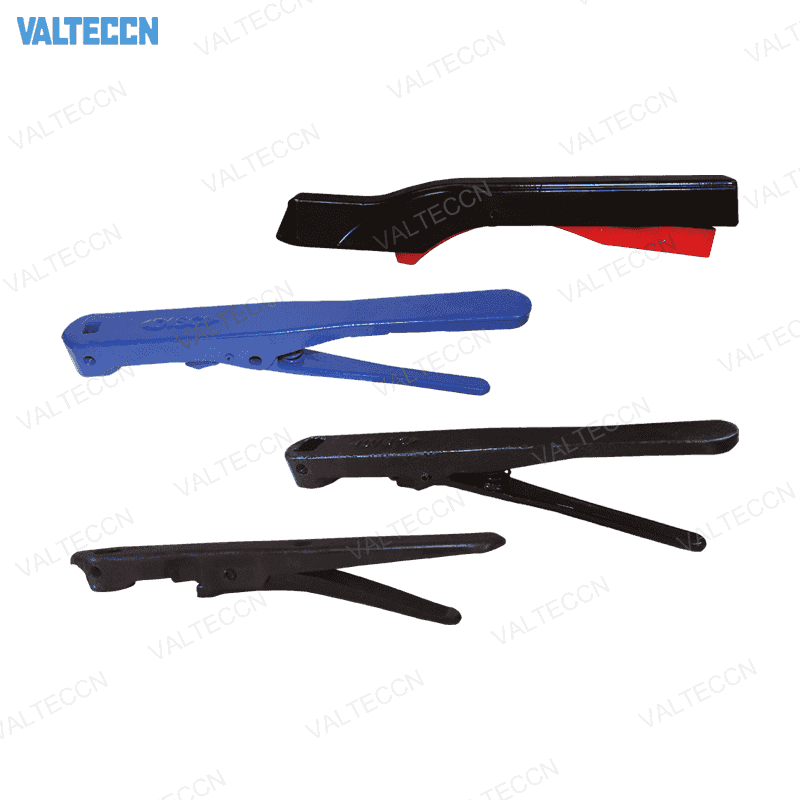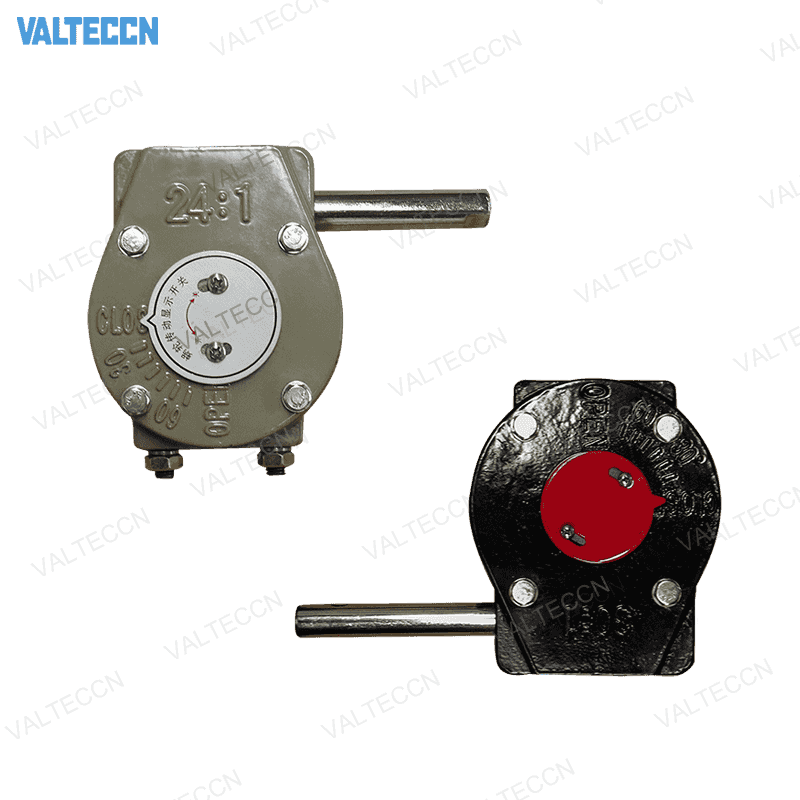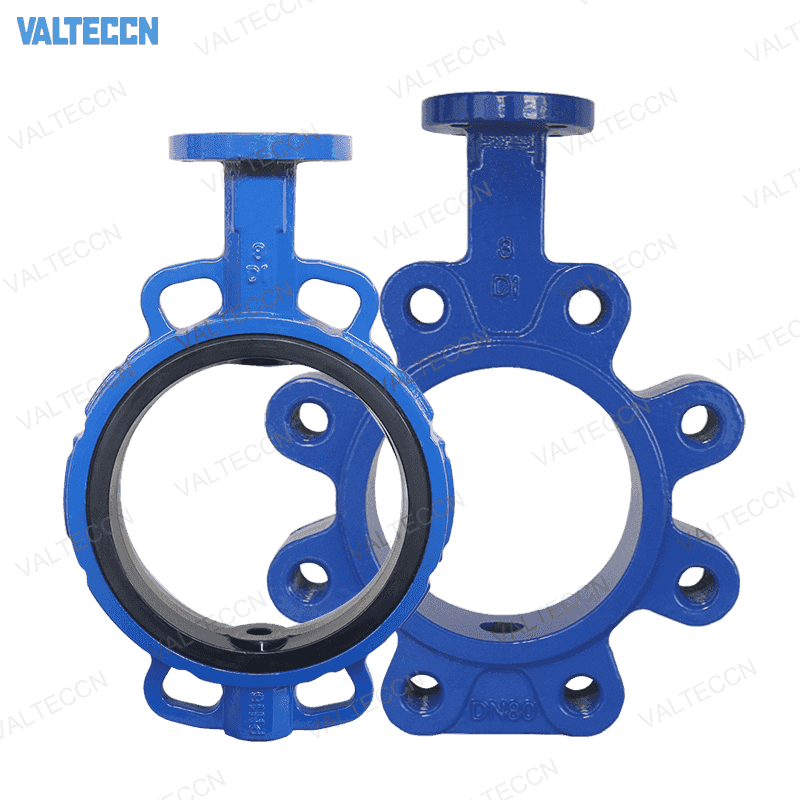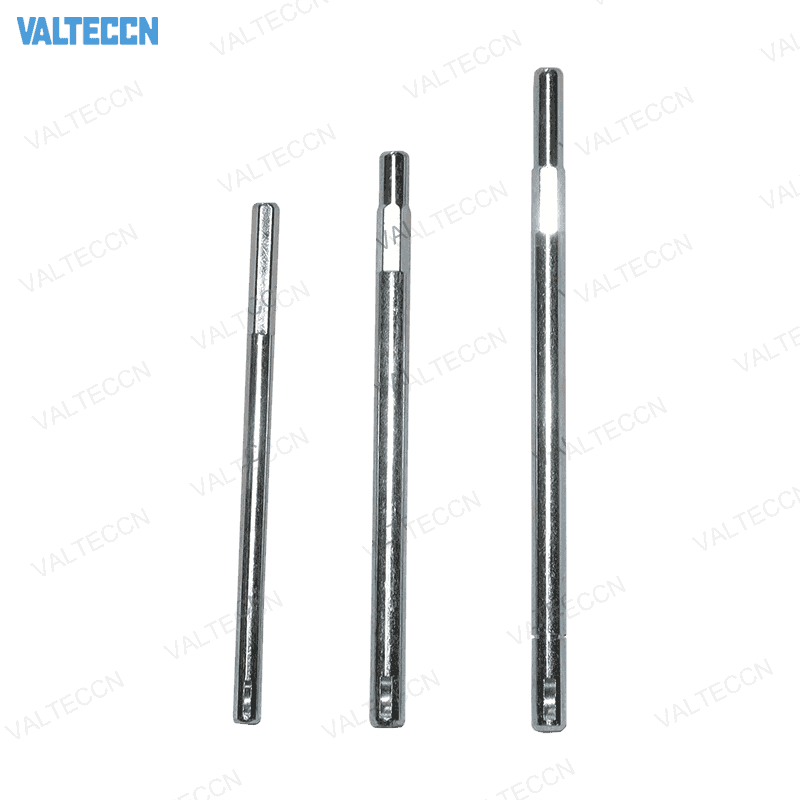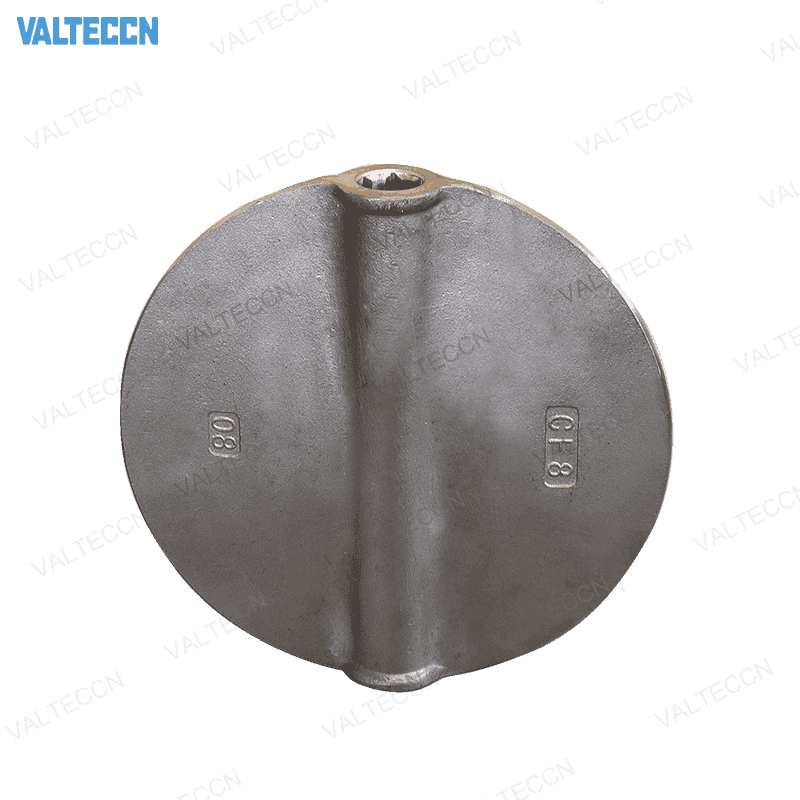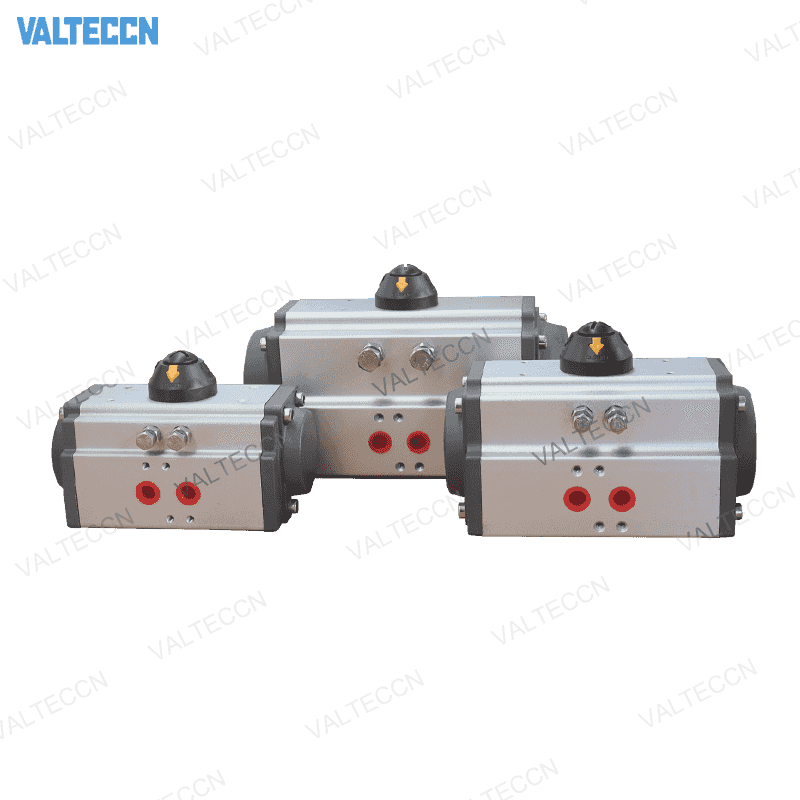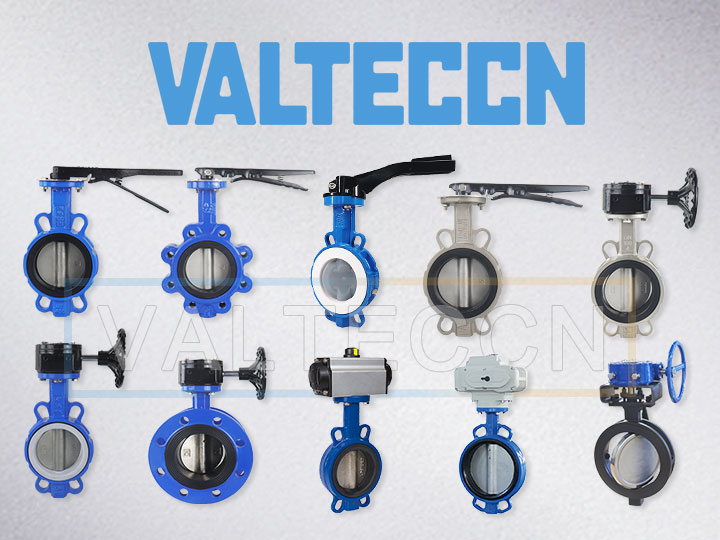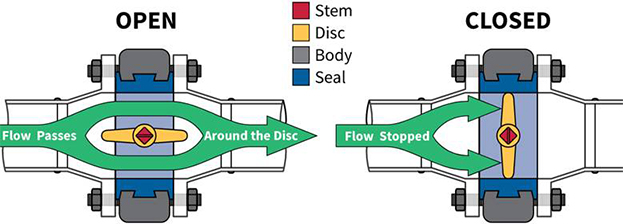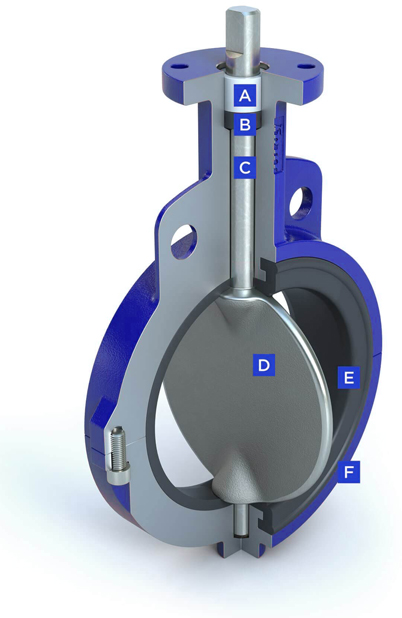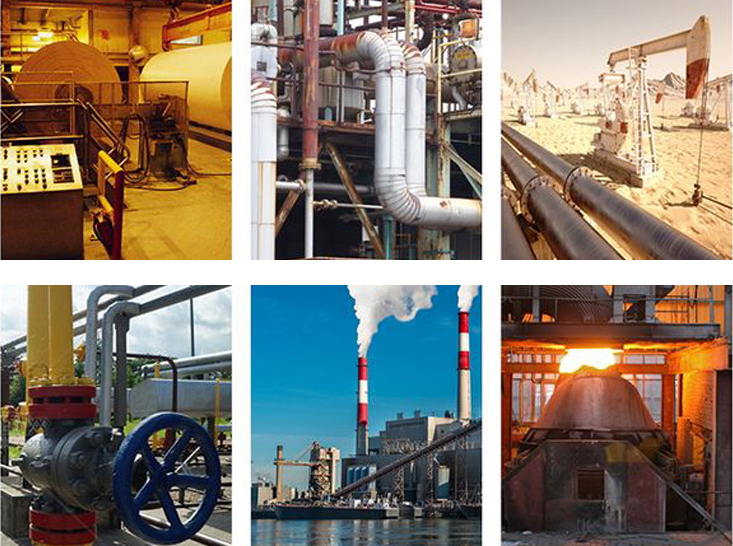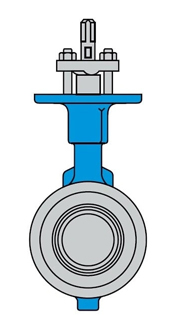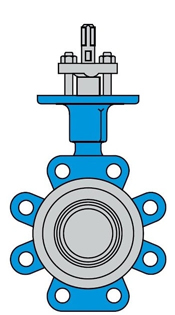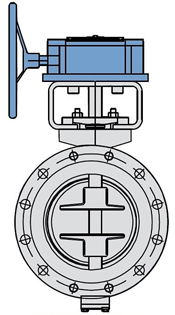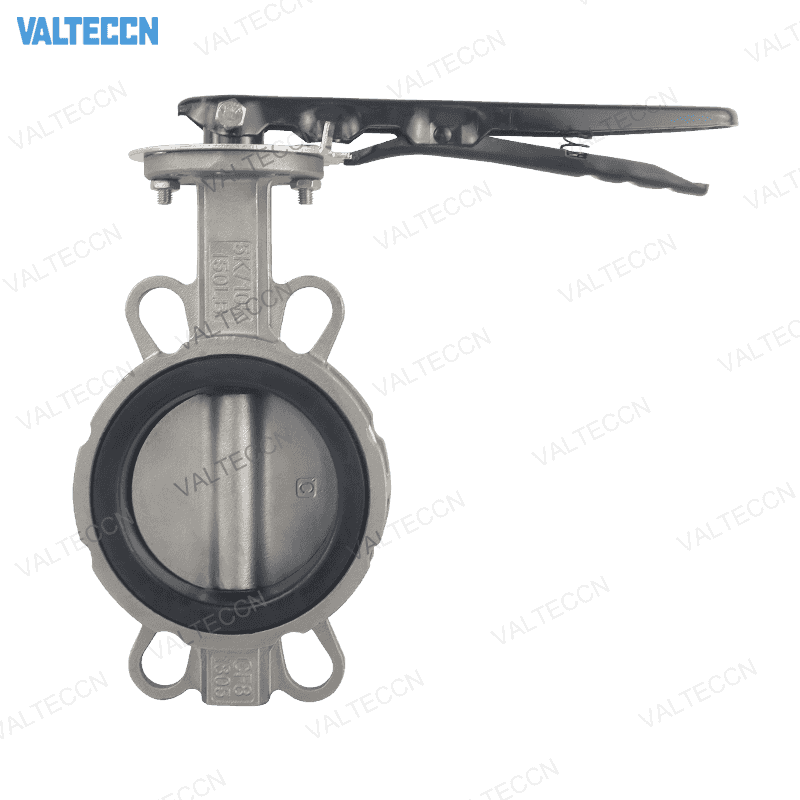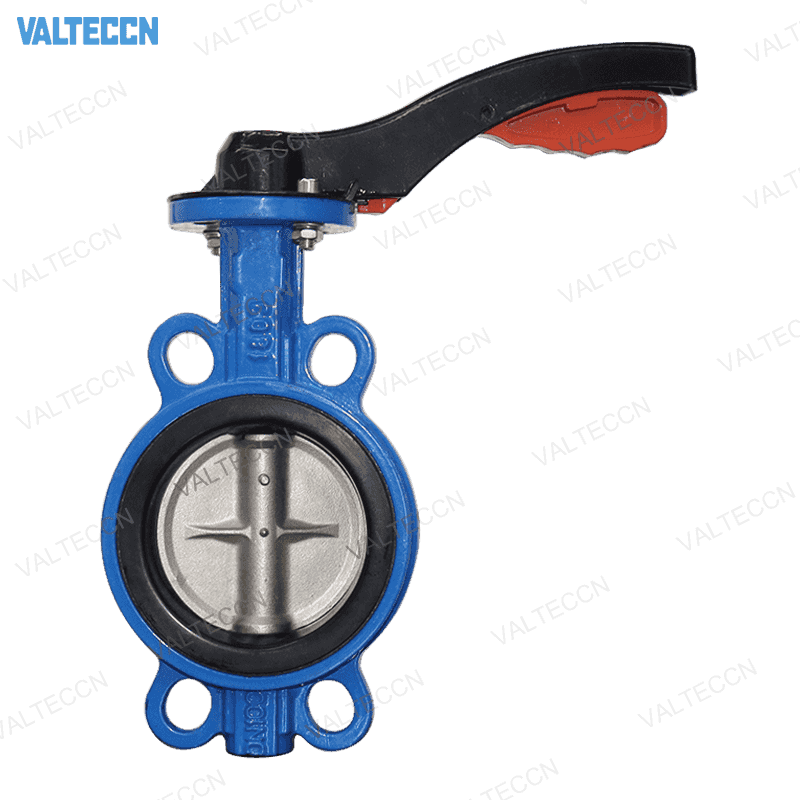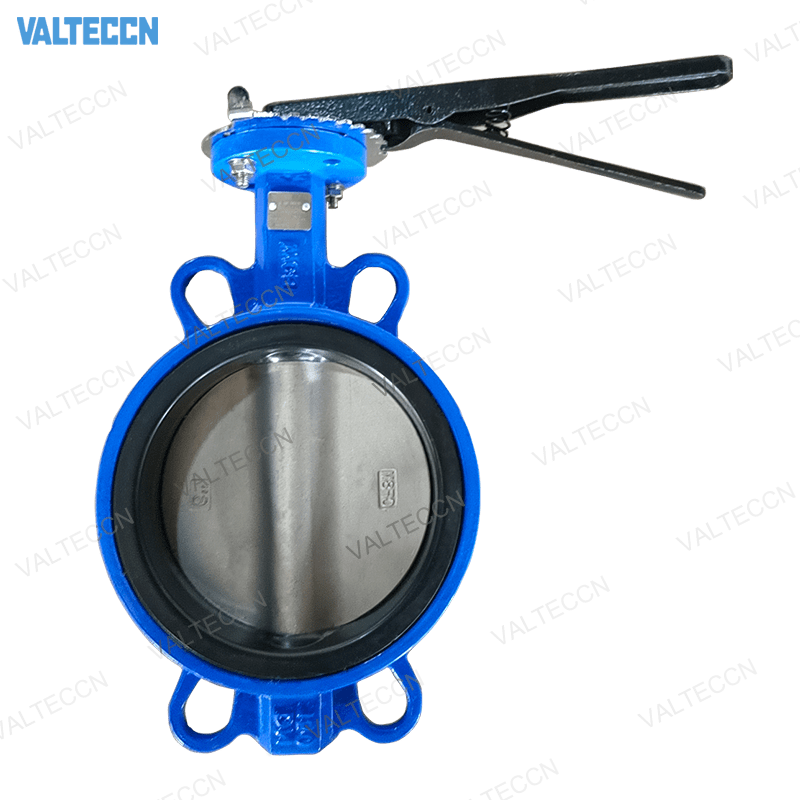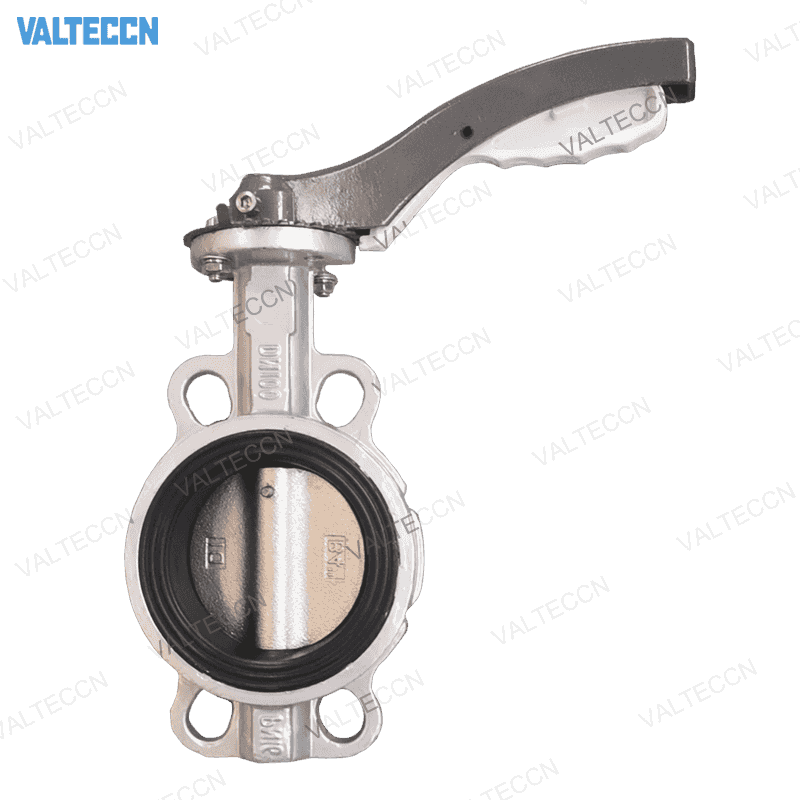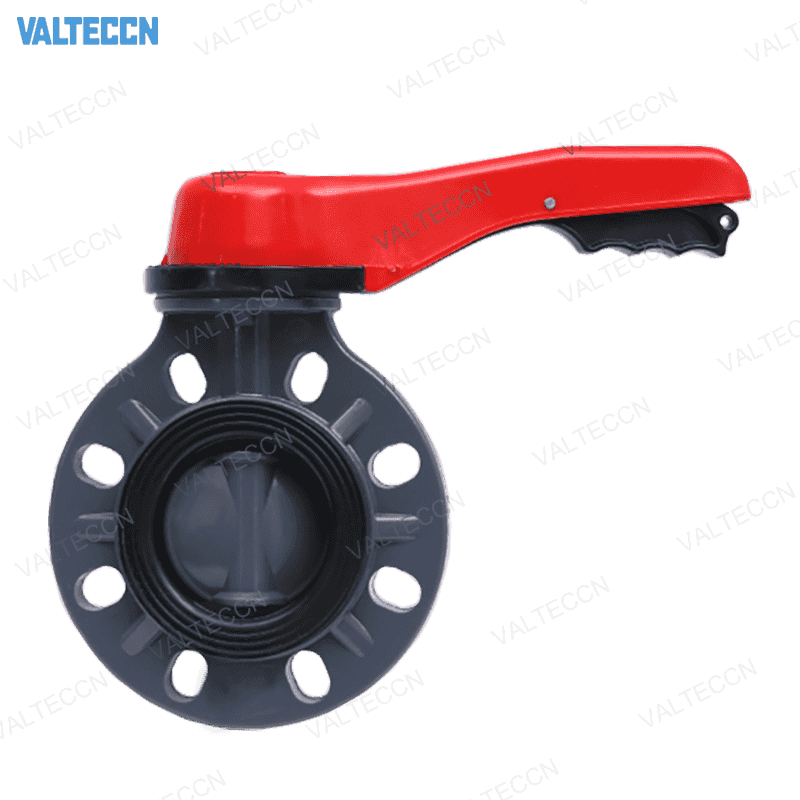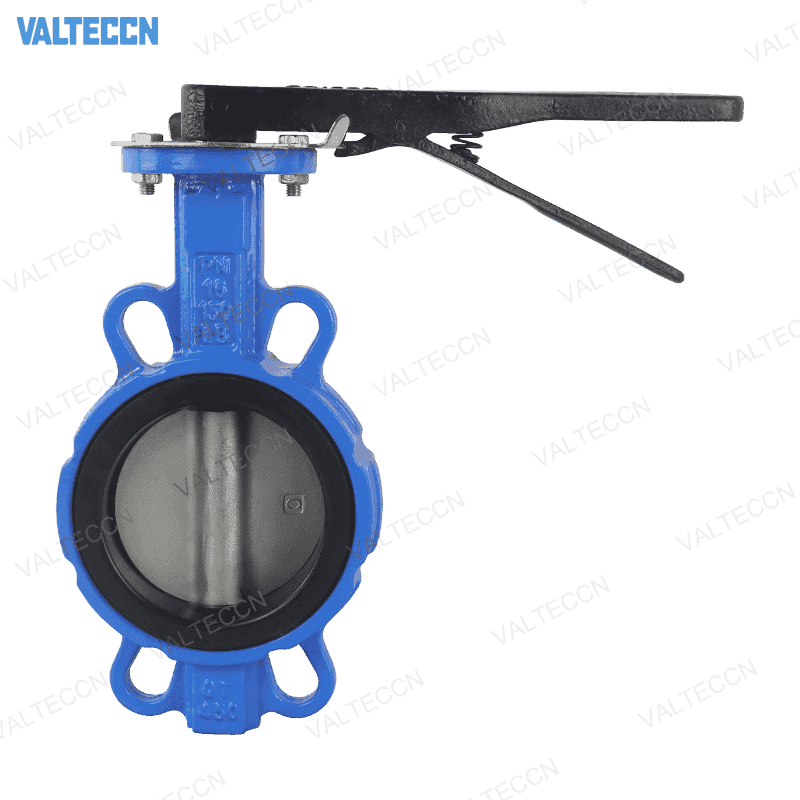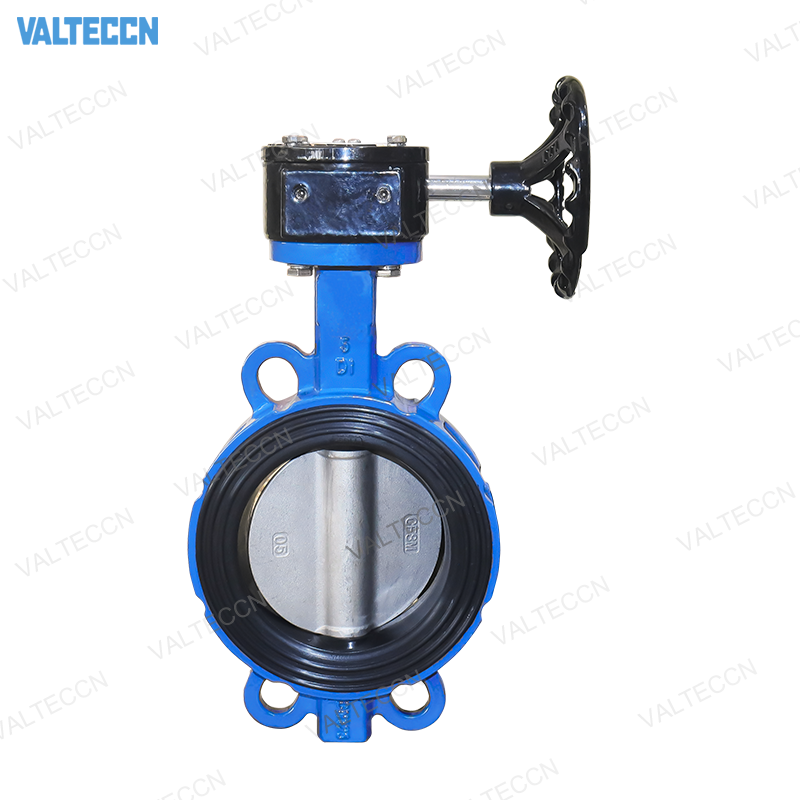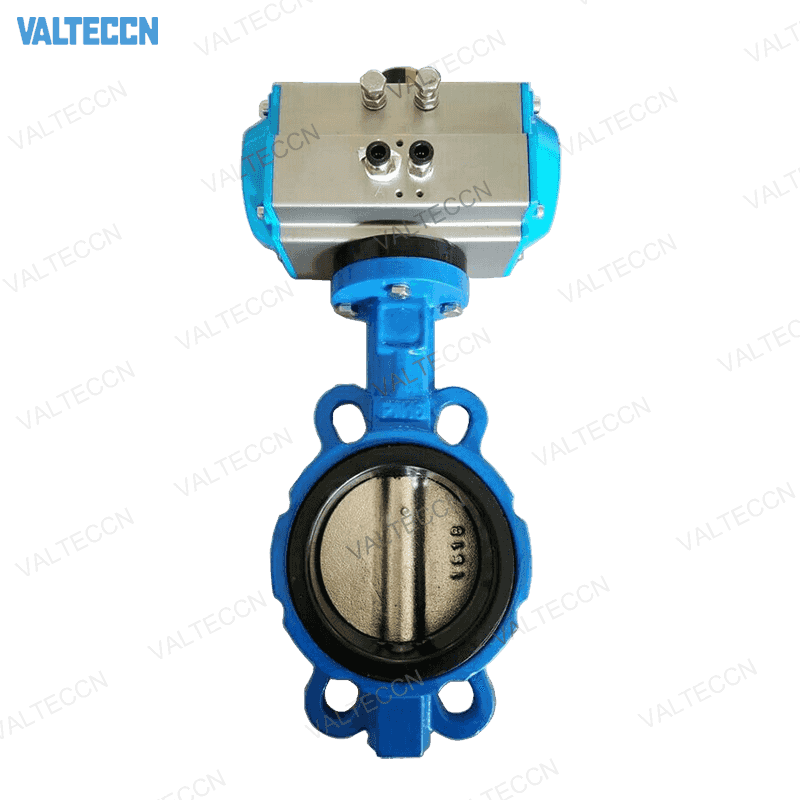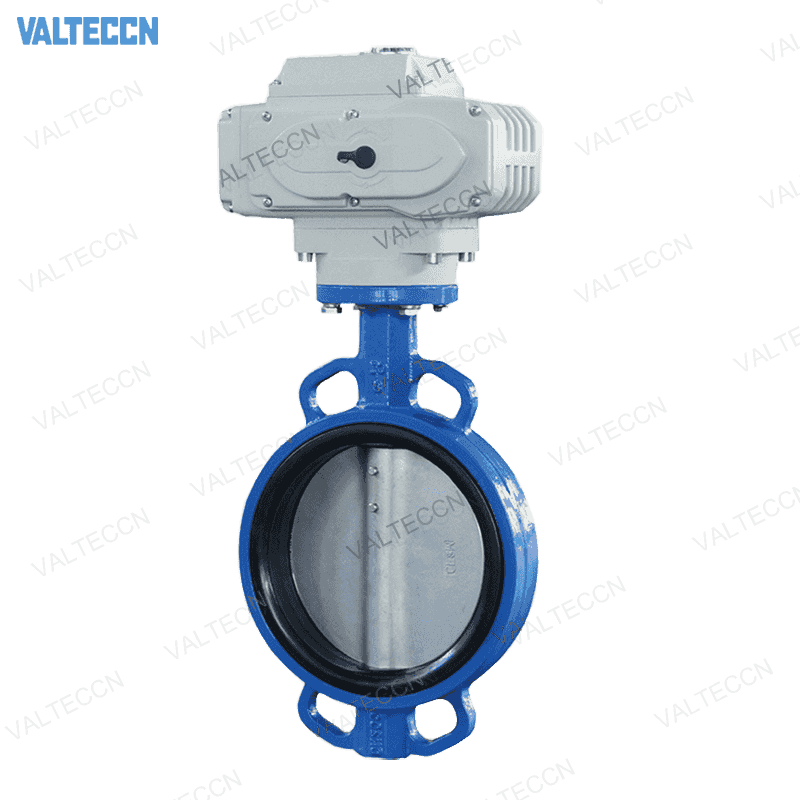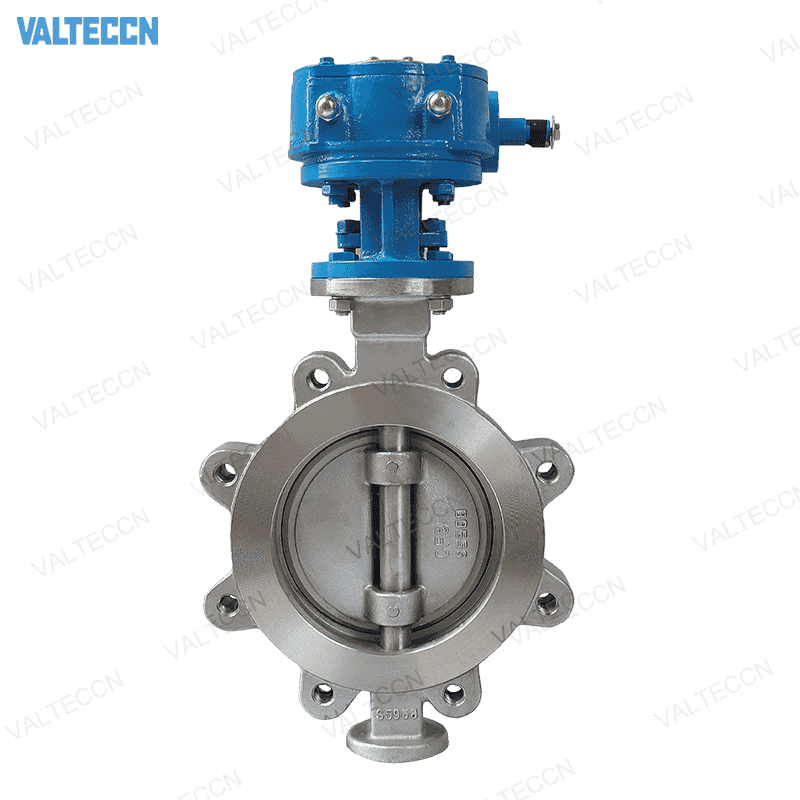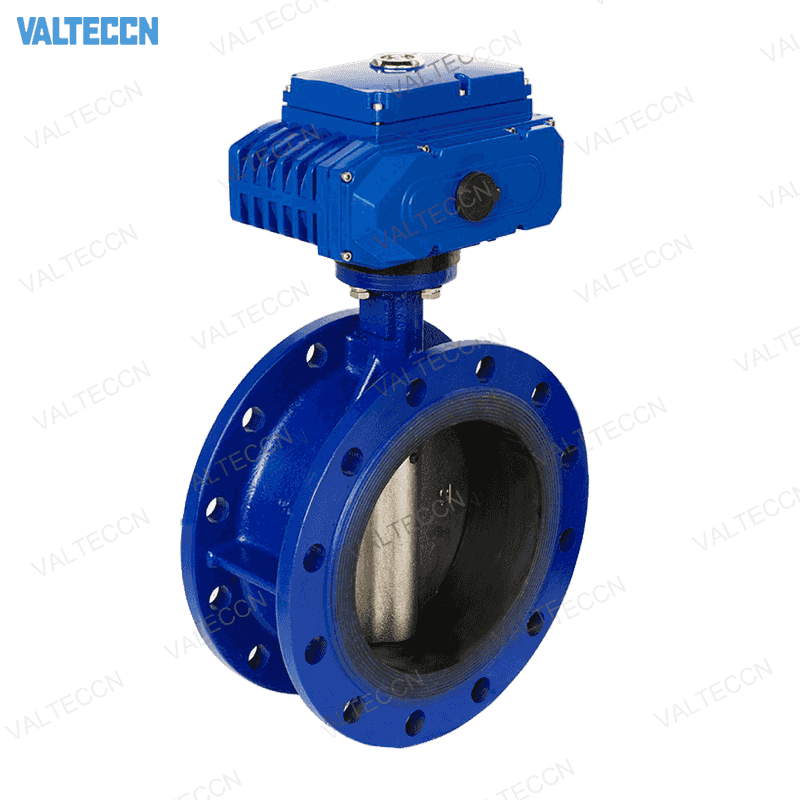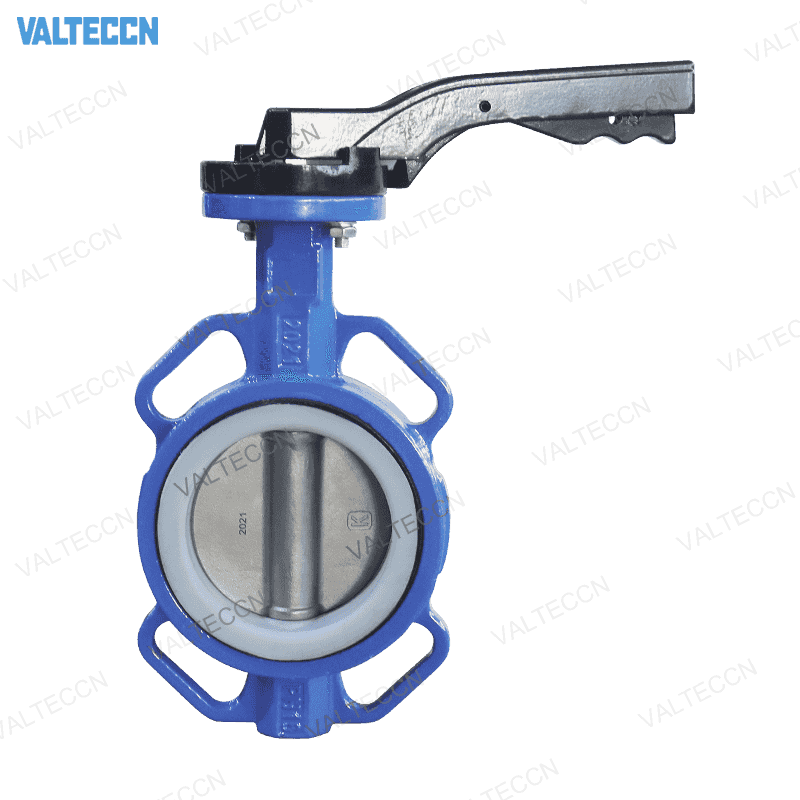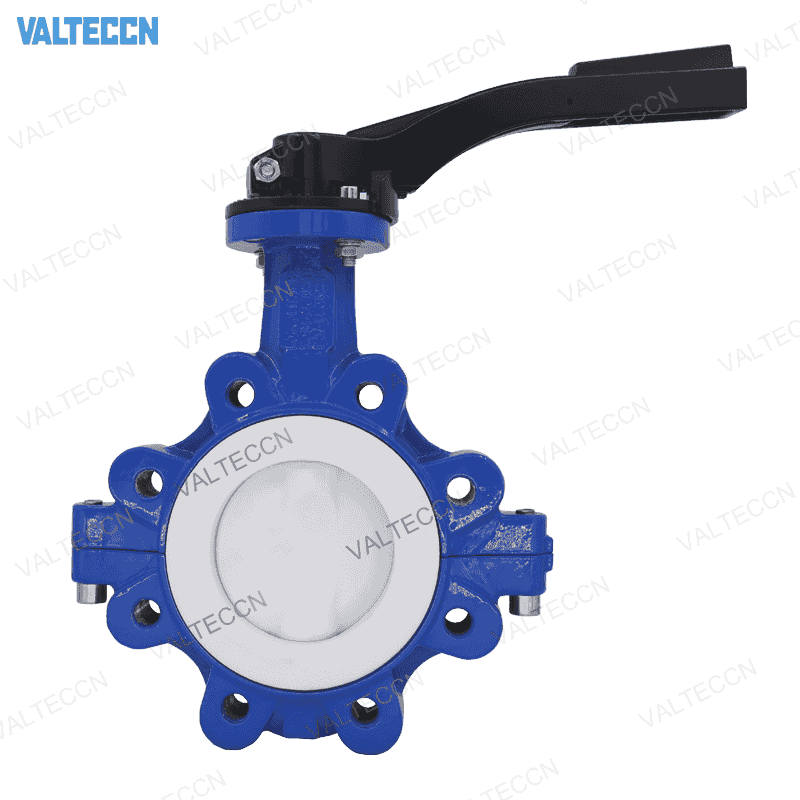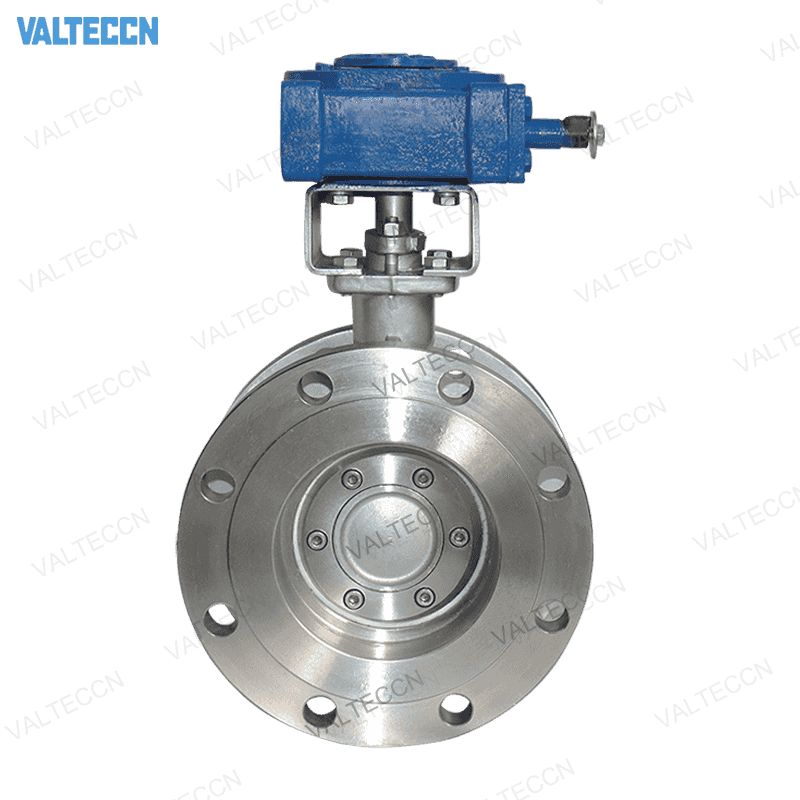There are many factors to consider when buying industrial butterfly valves.
Flow Medium
Perhaps this is the most important consideration. The media that flows through the valve greatly affects the lifespan of the valve. Furthermore, the wrong kind of media may cause damage to the valve. Some media are corrosive, others are abrasive.
Some have high-pressure levels while others have low temperatures. Knowing the media and how it works with the valve material is an important consideration.
Pipe Considerations
Butterfly valves should be able to handle the weight of the piping system:The valve diameter with the same size as the pipes can withstand high pressure. But when the valve diameter is smaller than the pipe’s, there is the tendency for the valve to bend. The bending may cause external and internal leakage.
Materials Used
The material of the valve body, disc, and seat should be able to withstand the corrosiveness of the passing medium. For example, use corrosion-resistant materials if the media is acidic. High-pressure media uses valves made of an alloy that can resist high temperature and pressure levels.
Choosing the wrong kind of material means shorter valve lifespan.
Actuation
Whether manual actuation is the best option or not, actuation is also a factor worth considering. Process pipelines require large valves. Manual actuation is not suited for a large valve. Instead, use pneumatic or automated valves.
End Connections
The end connections of the valves often follow that of the pipe. Having said that, compatibility is of the two is vital. A flanged end valve is not the required one when the pipe employs a thread.
Industry Standards
Butterfly valves follow certain standards. With that in mind, there are standards for the material of the valve. There are standards for the end connections. It is important that butterfly valves follow the rigid regulations imposed by international bodies. This ensures safety and proper valve installation.
Choose Reliable Butterfly Valve Manufacturers
Choose reliable butterfly valve manufacturers is the focal point when thinking of buying industrial butterfly valves.
High quality butterfly valve manufacturer should provide the customer with the right valve. Responsible for informing the customer about the industry standards and other considerations. He should be able to provide the right product with the right price point. He should also aware of customer needs, the right type of valve for a particular industrial application,Save costs, save time, and provide perfect product after-sales service.
Whether you are looking for manufacturers of butterfly valves, high performance butterfly valves, and butterfly valves of every type, VALTECCN is the premier source for you.
As one of the leading butterfly valve manufacturers in China, VALTECCN VALVE exports best-quality butterfly valves at the competitive rates.
Request A free quote: [email protected]
